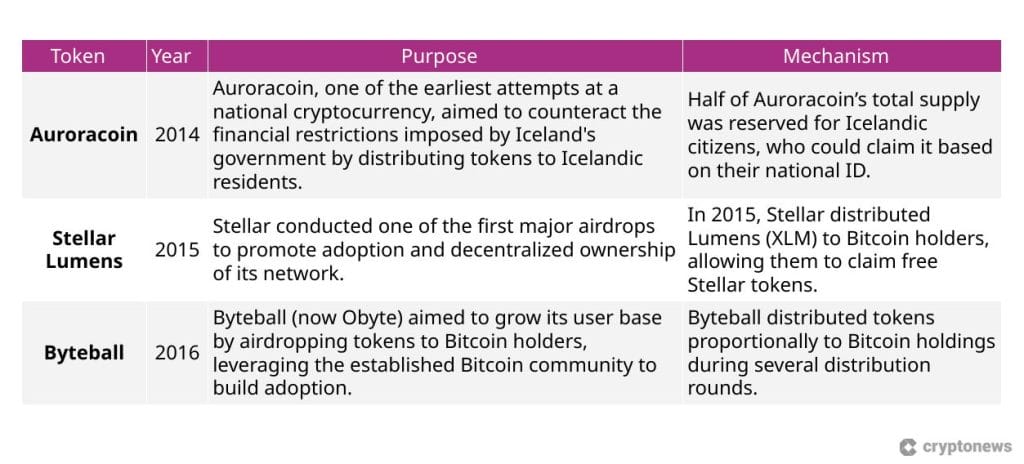A deep investigation into the crypto world reveals a surprising trend – a staggering 70% of airdropped tokens fail to deliver profits. The concept of airdrop, which refers to the distribution of tokens or cryptocurrencies to wallet addresses, is not foreign to crypto enthusiasts. However, the stark reality is that only a fraction of these initiatives actually yield benefits. A glance at the fundamental factors behind this statistic gives valuable insight and caution for both developers and investors.
Airdropped tokens mostly rely on people’s receptivity to free items, treating cryptocurrency as a giveaway. The allure of free money often leads to an immediate increase in demand, evidenced by a subsequent surge in token price. However, as the market adjusts to the sudden influx of tokens, price stabilization often manifests as a slump, disheartening for those banking on immediate gains.
Additionally, the lack of a robust business model in many of these airdrop projects contributes to the high failure rate. A well-structured business plan serves not only as a roadmap but also as a litmus test for viability and longevity. A faulty or non-existent business model can cause a ripple effect, undercutting trust and eventually leading to a diminishing value of tokens.
Overambition is another culprit in the demise of airdropped tokens. Essentially, some crypto companies develop a habit of making unrealistic promises without a concrete foundation to back up their ambitions. Consequently, when these promises fall short, it erodes the public’s faith, causing drastic plummets in token value.
Lack of regular update and communication can also frustrate token holders and potential investors. Successful airdrops actively foster engagement after distribution by providing frequent updates about the project’s direction and progress. Silence from developers after giving out tokens tends to sow seeds of doubt, affecting stakeholders’ faith in the project, thereby decreasing prices.
Another significant reason behind the failure of airdropped tokens is regulatory issues, this is especially pertinent in today’s times when cryptocurrencies are under a global microscope. Many times, projects fail to comply with the regulatory environment, leading to cease-and-desist orders, frozen operations and, at times, total shutdowns.
However, not all airdropped tokens encounter failure. 30% of tokens, which deliver profits to their owners, share common traits. Such tokens are underpinned by realistic objectives, a robust business model, effective communication strategies, and compliance with necessary regulations. These successful ventures prove that airdrops, when used responsibly, can create immense value for all parties involved – developers, investors, and users alike.
In conclusion, the failure rate of airdropped tokens dispenses a crucial lesson for actors in the crypto sphere. For investors, it is a call to be thoroughly discerning, assessing the project’s viability, the team’s responsiveness, and the token’s regulatory compliance before making any commitments. For developers, it is an urging to fine-tune business models, keep ambitions aligned with deliverables, be proactive in communication, and ensure strict regulatory adherence. Despite the discouraging statistic, this reality simultaneously redefines the narrative and potential of airdrops in the crypto world, paving the way for more educated and informed decision-making.






























